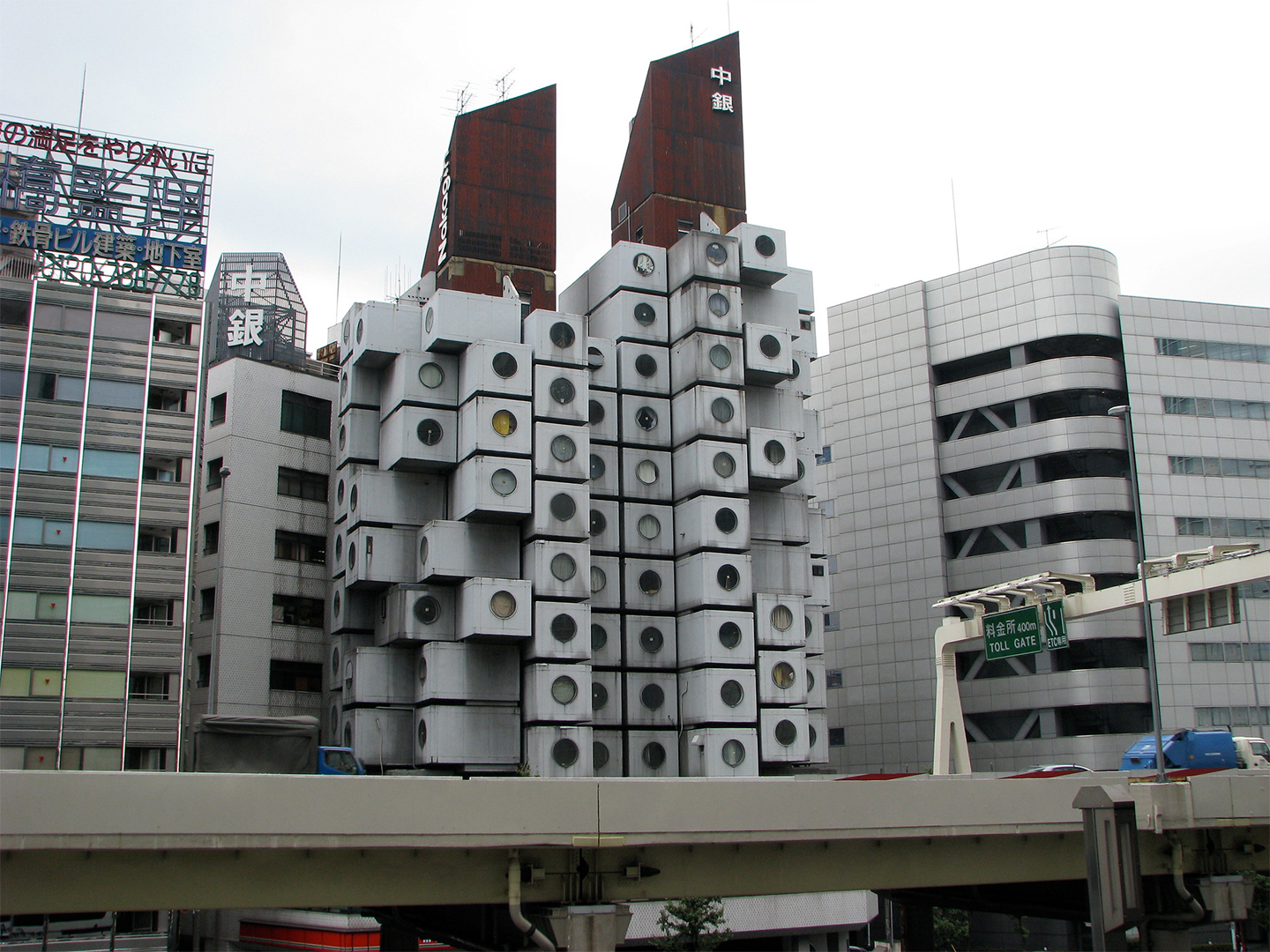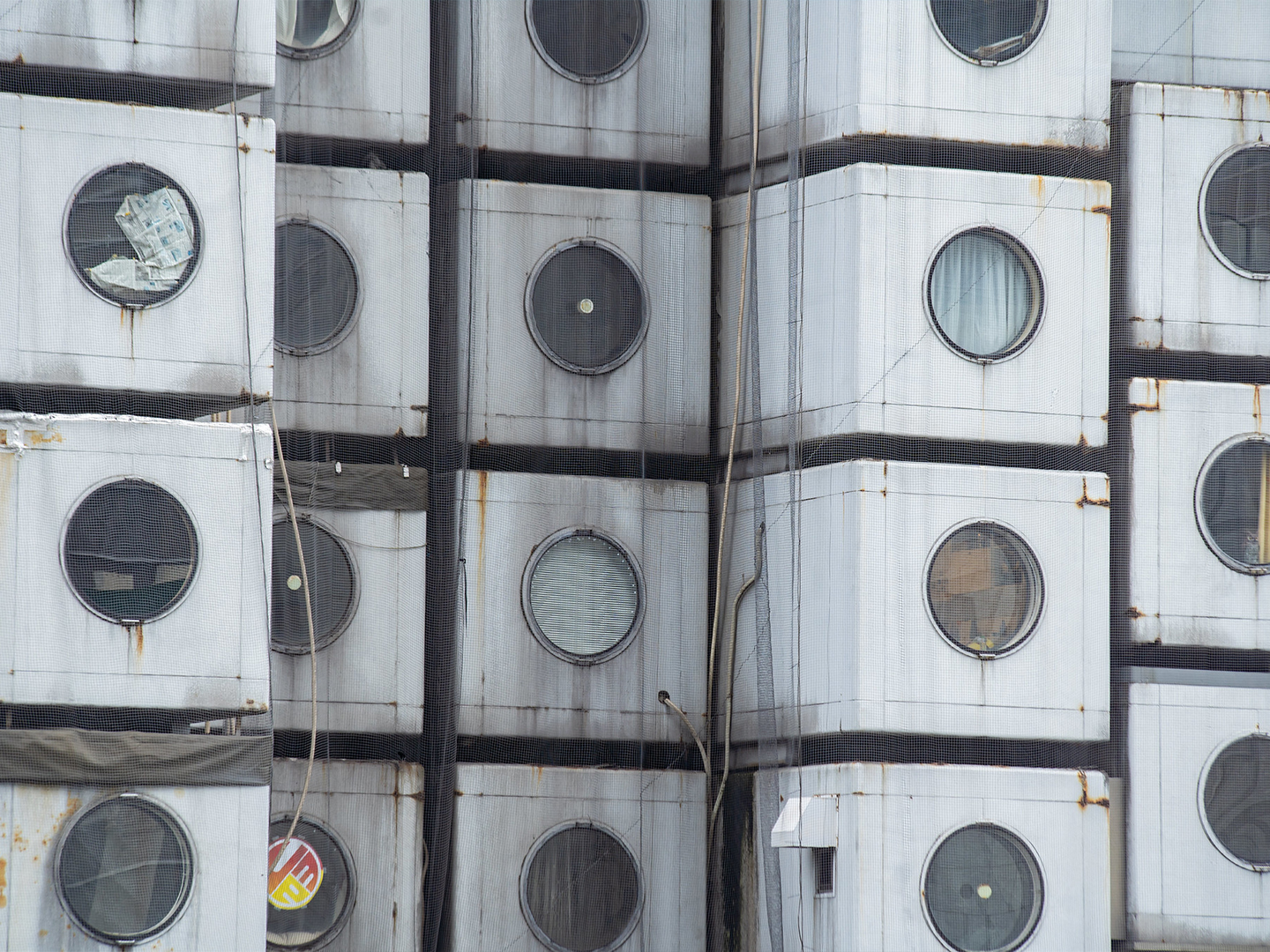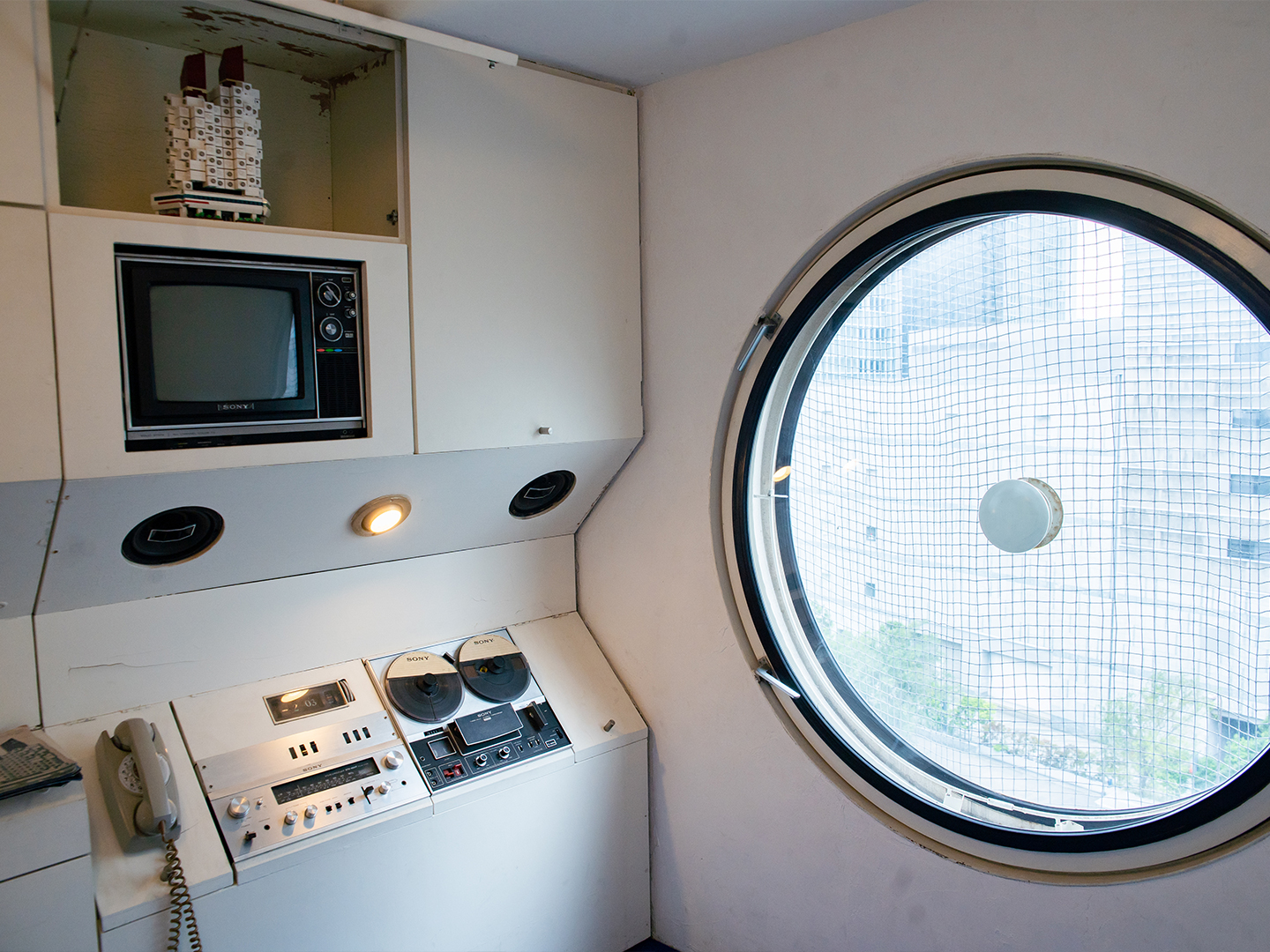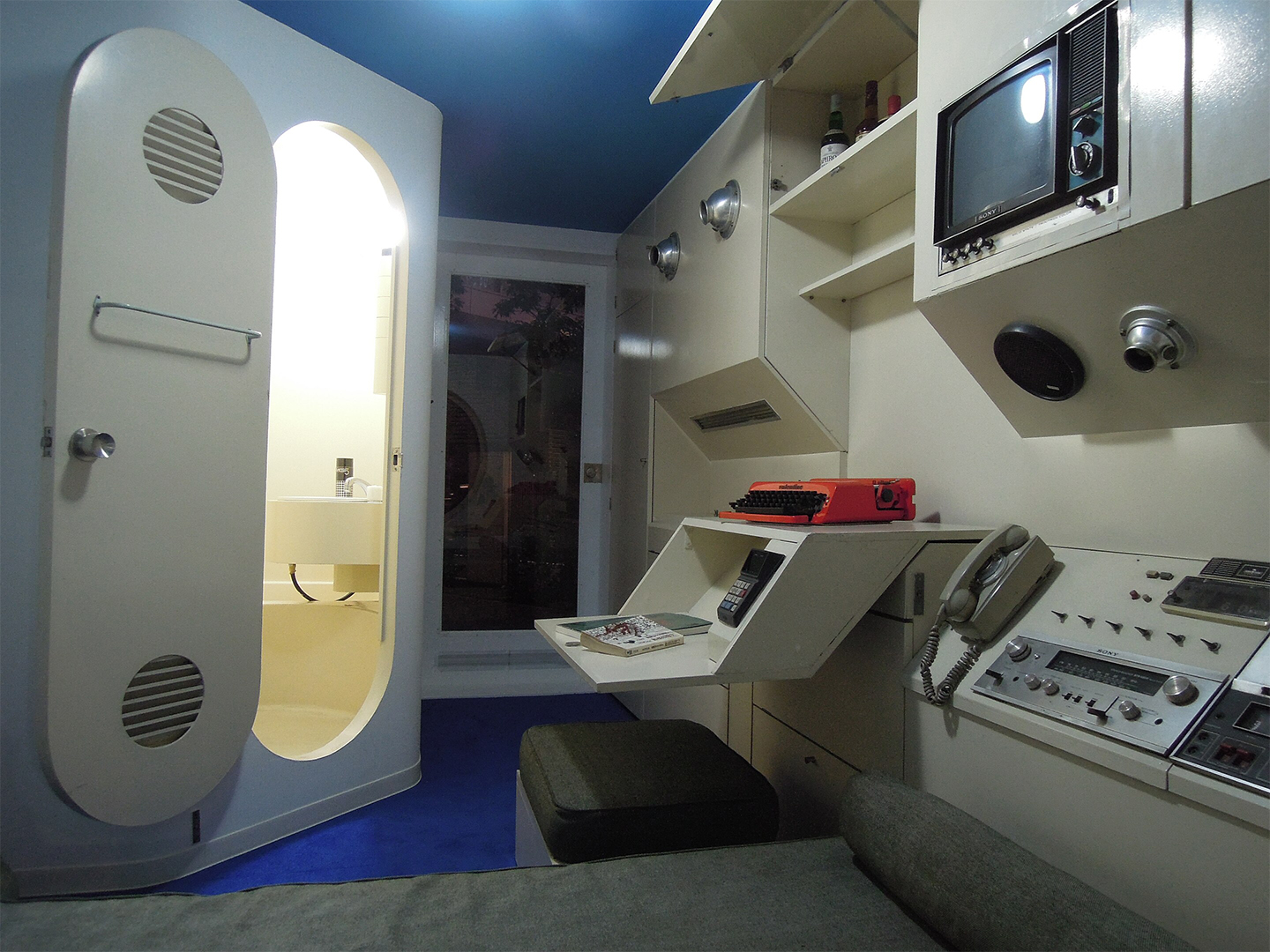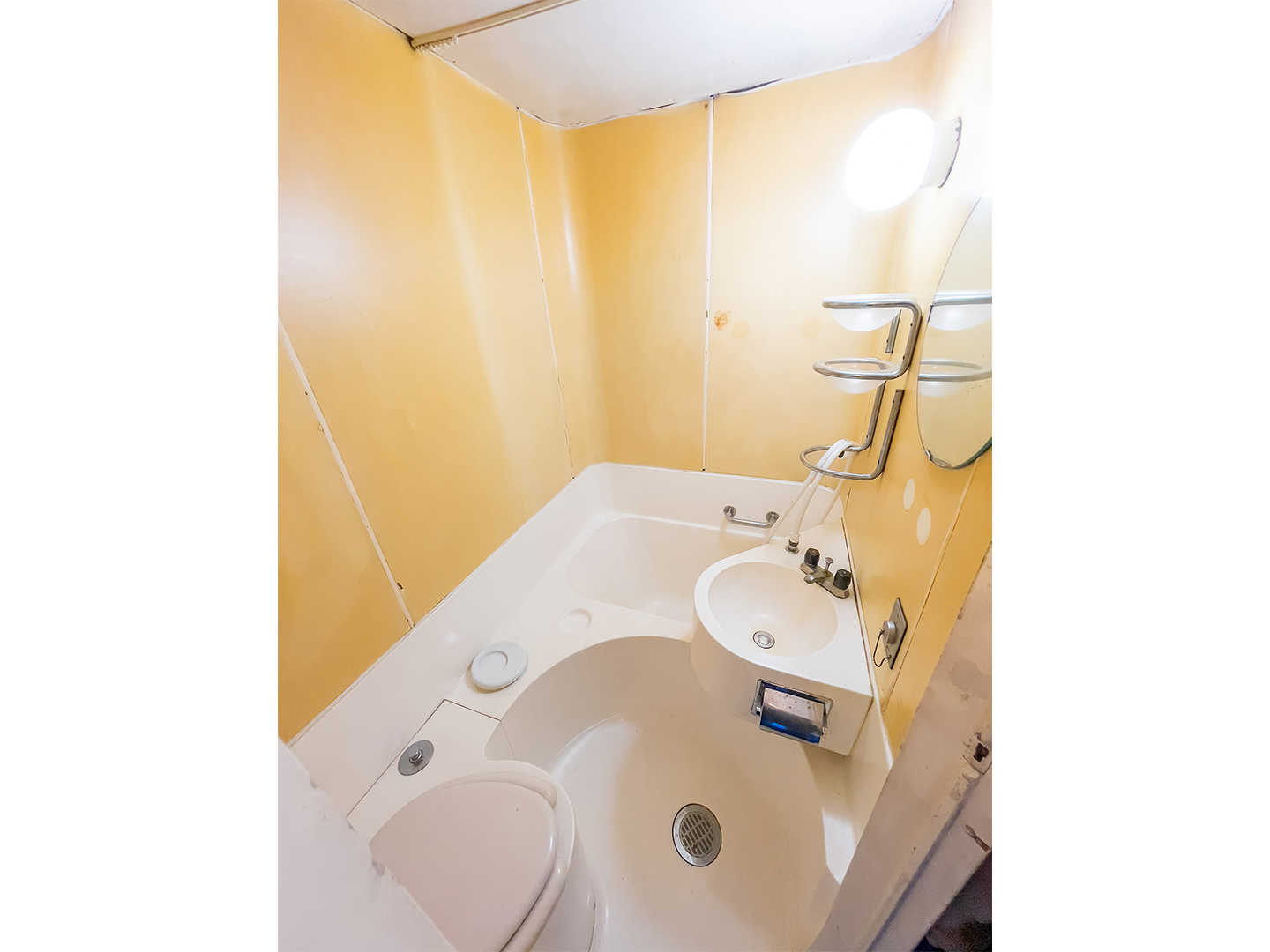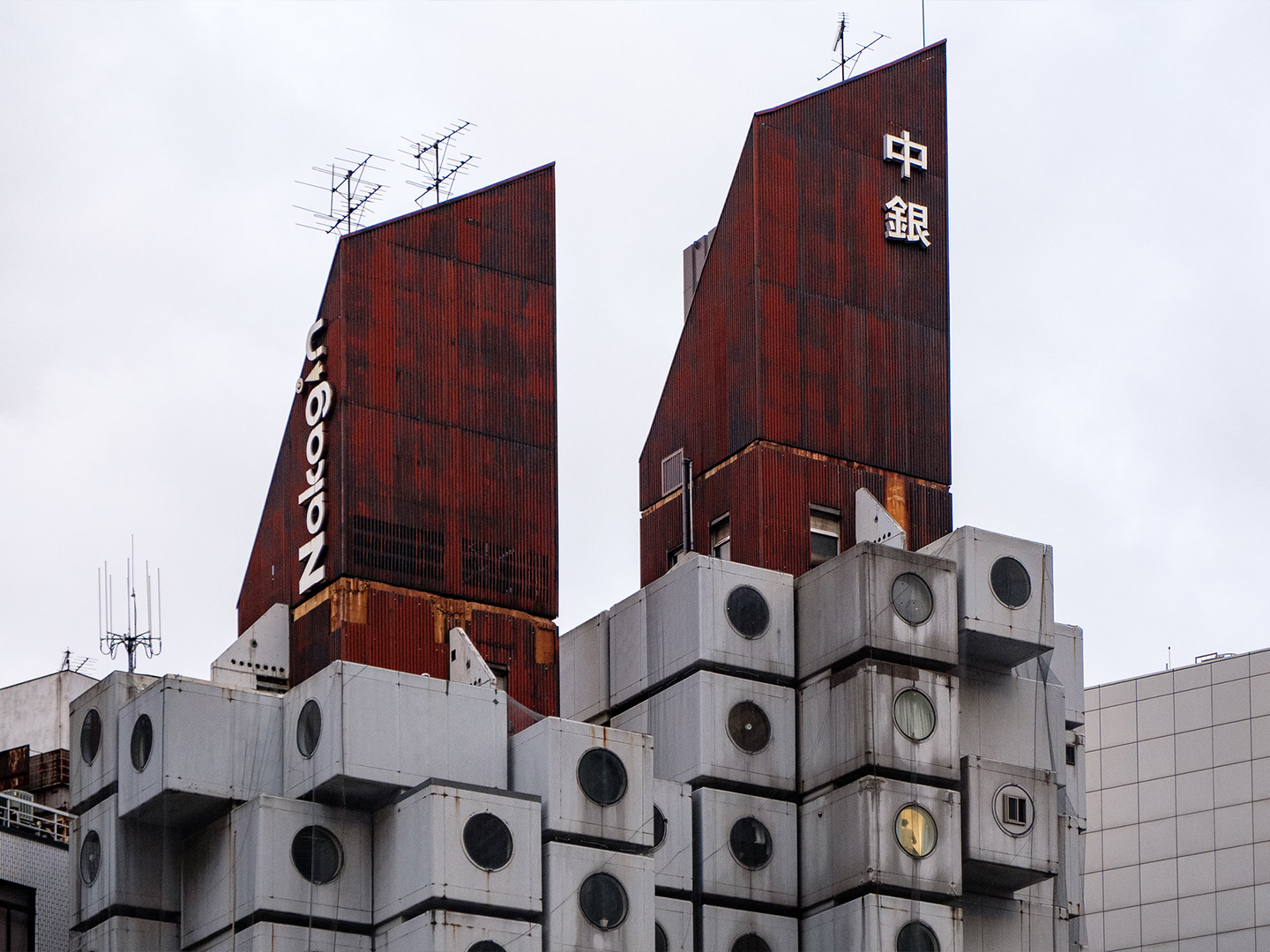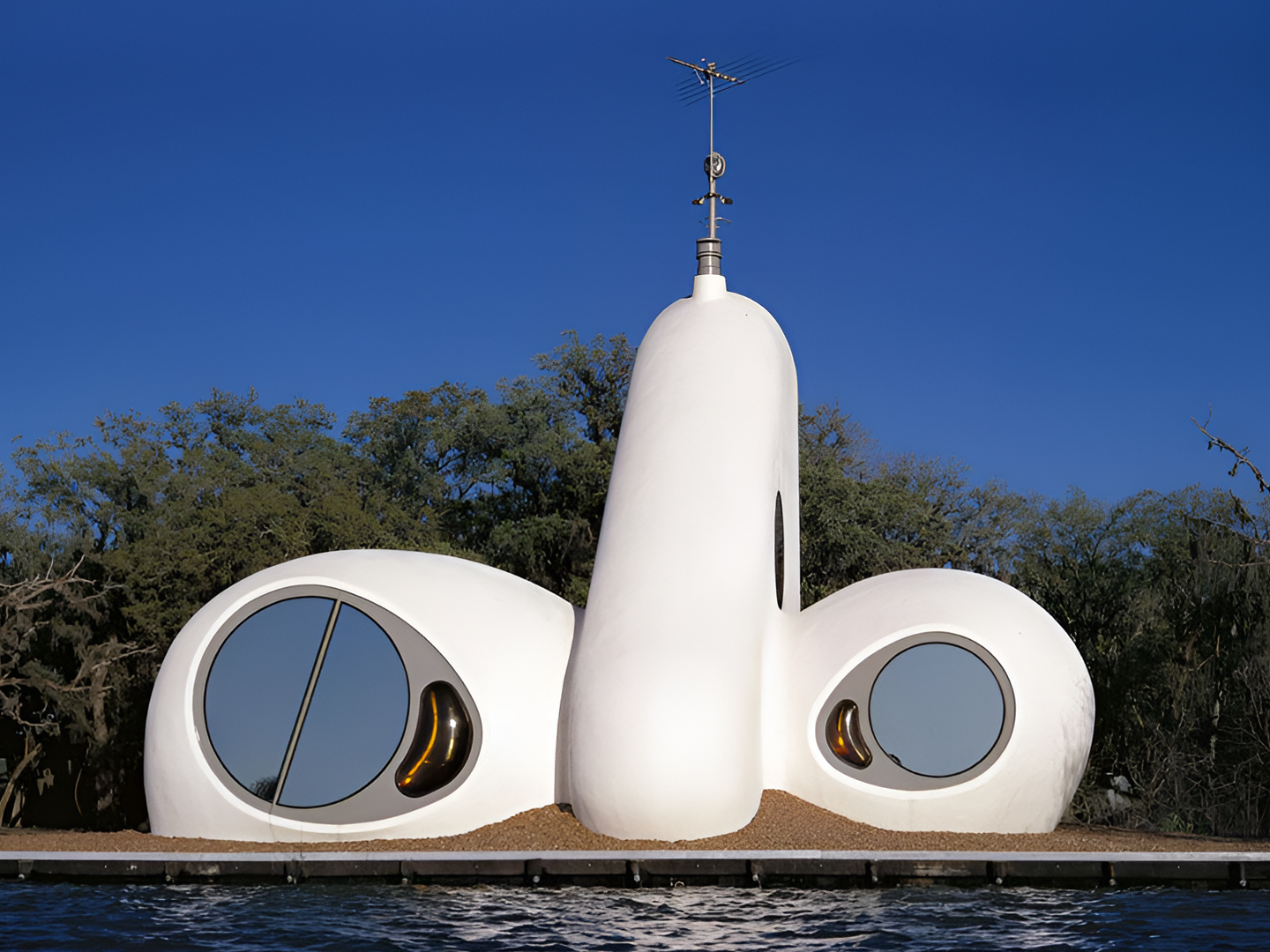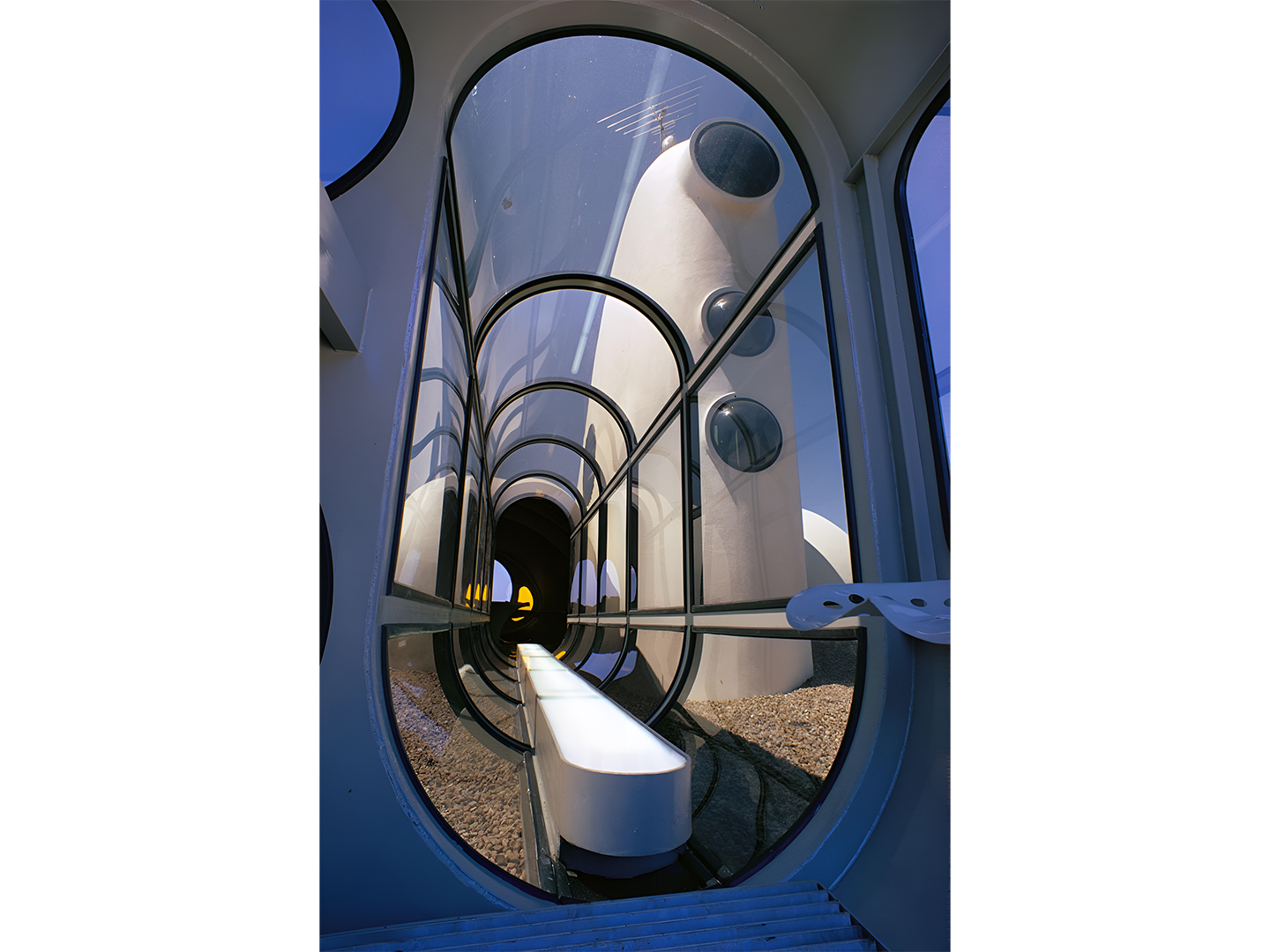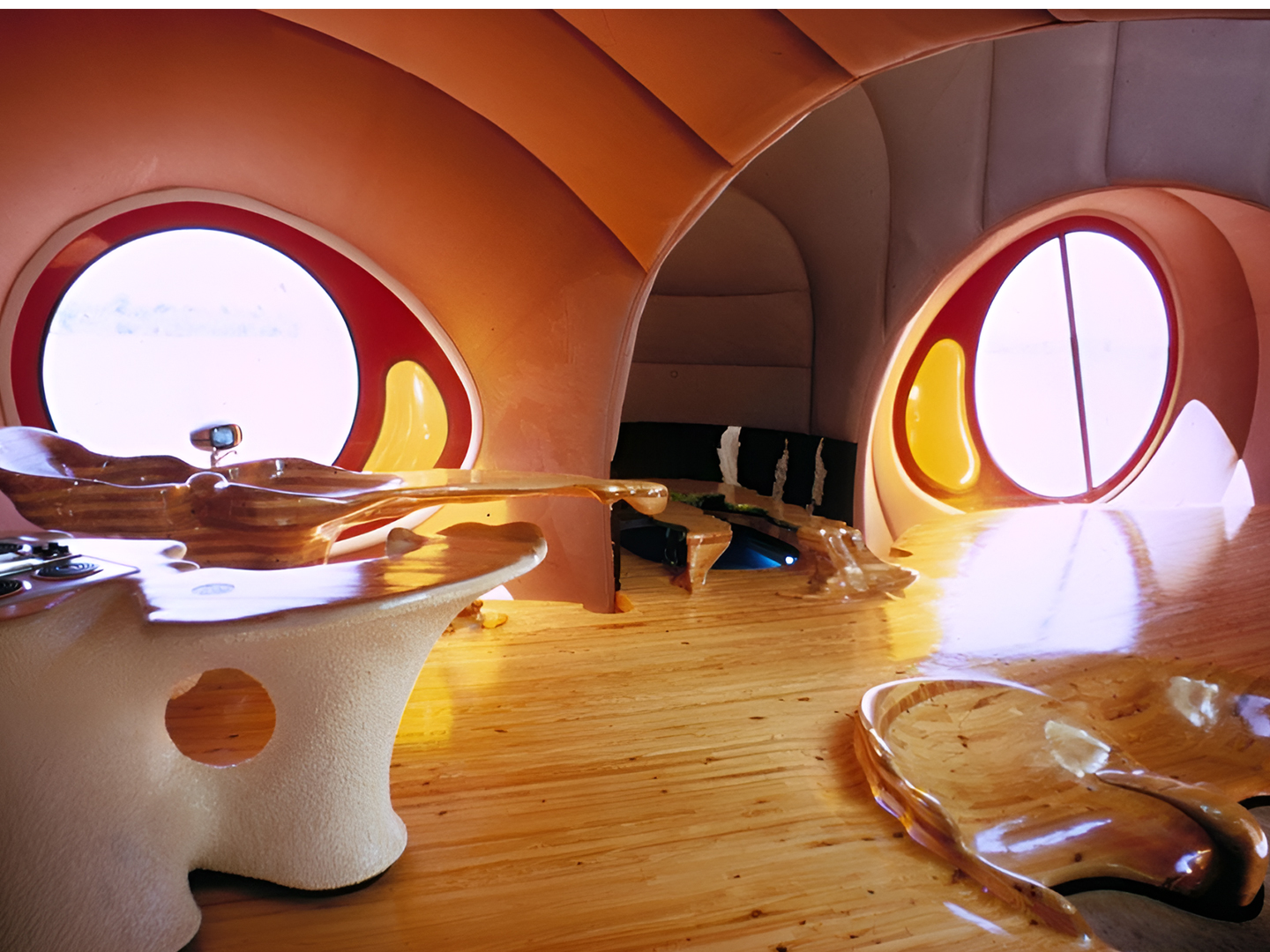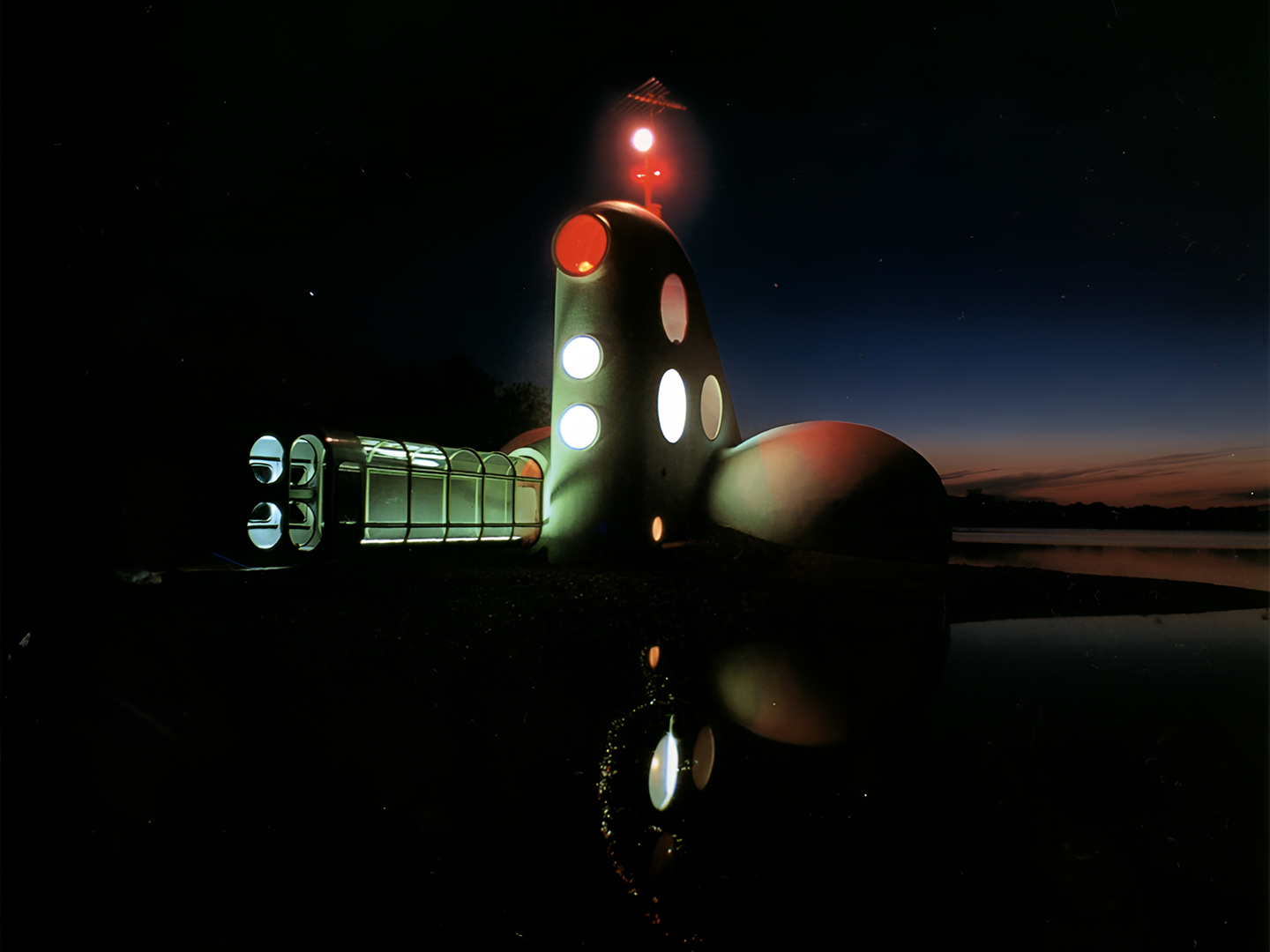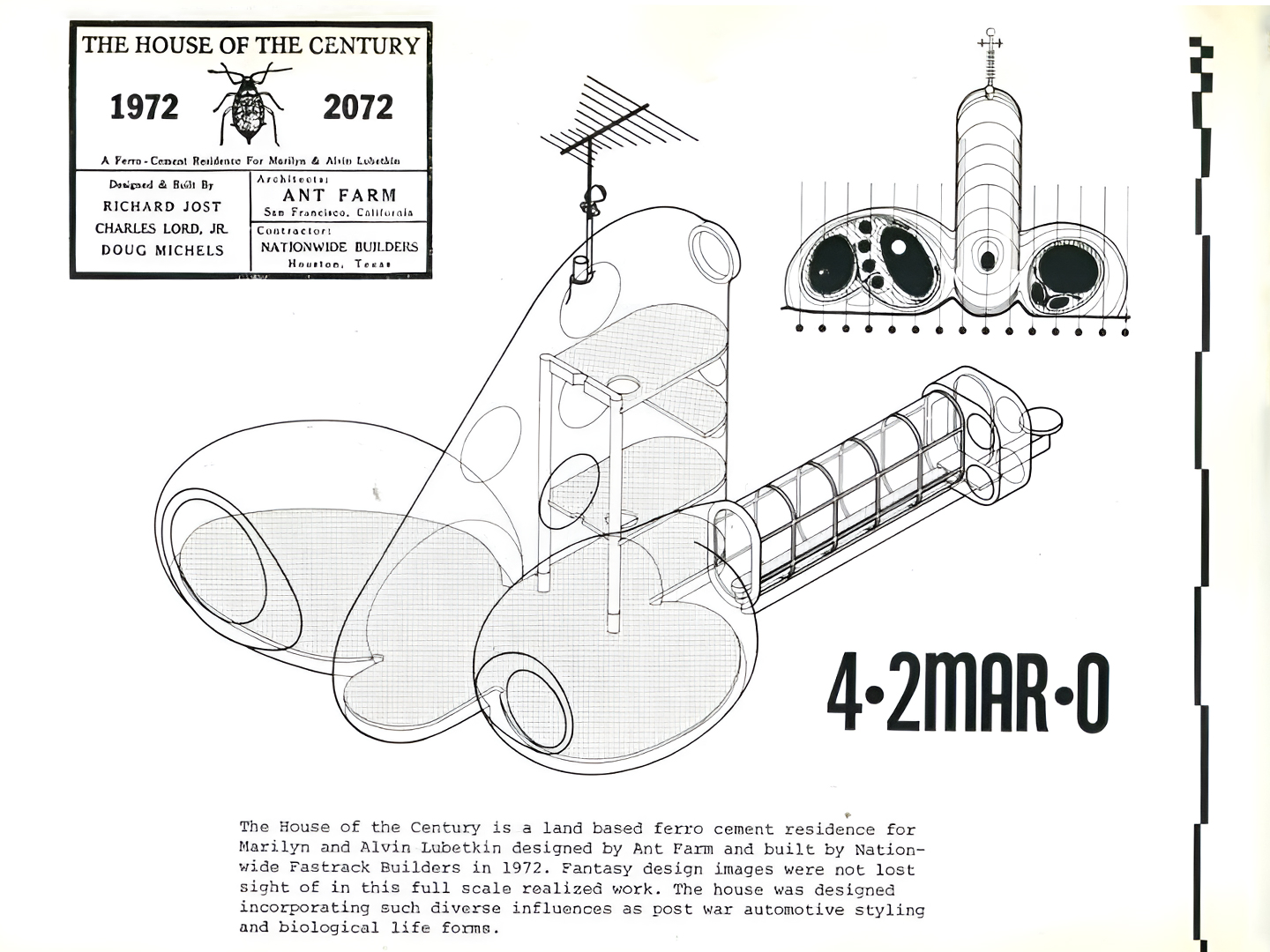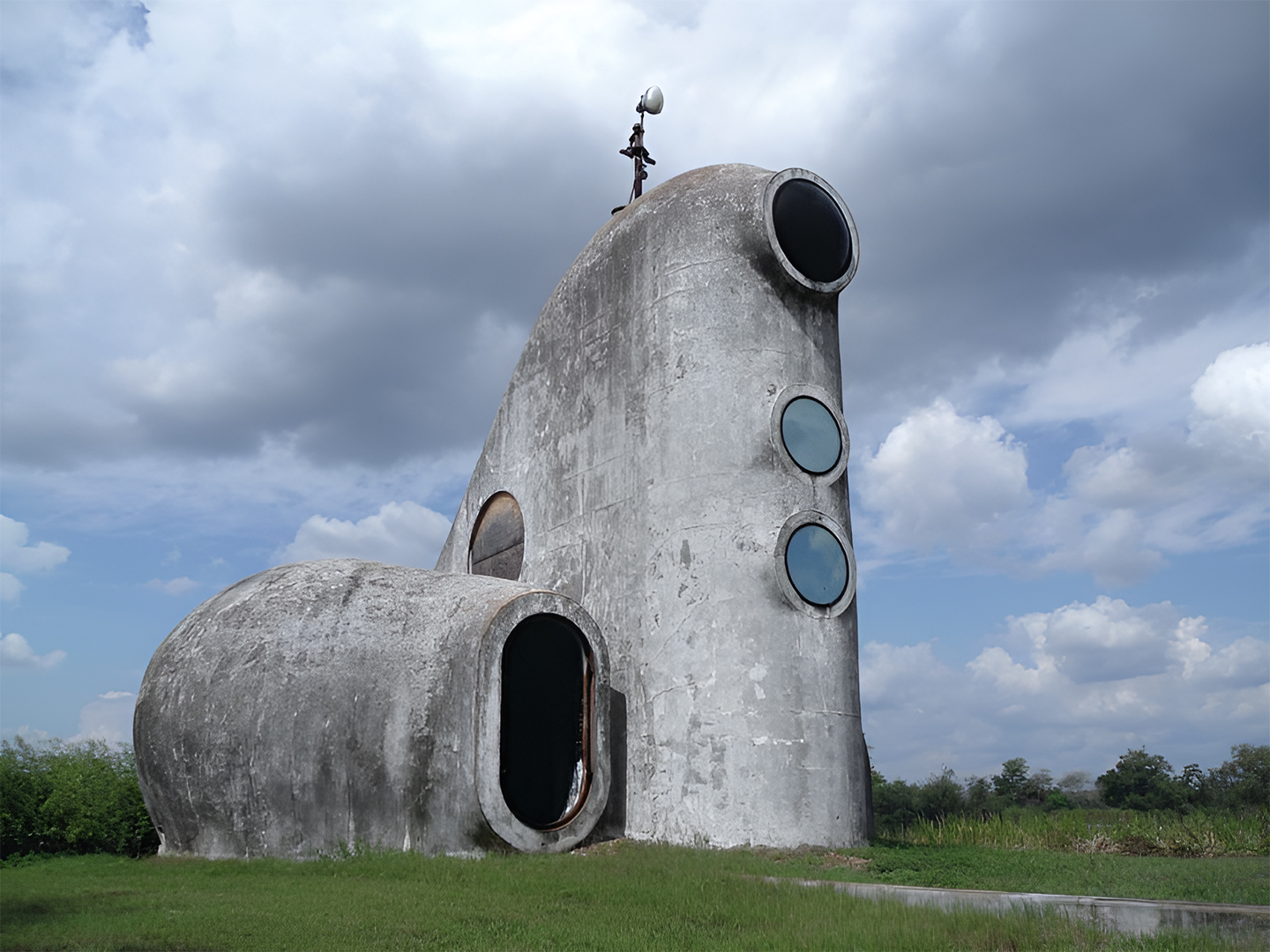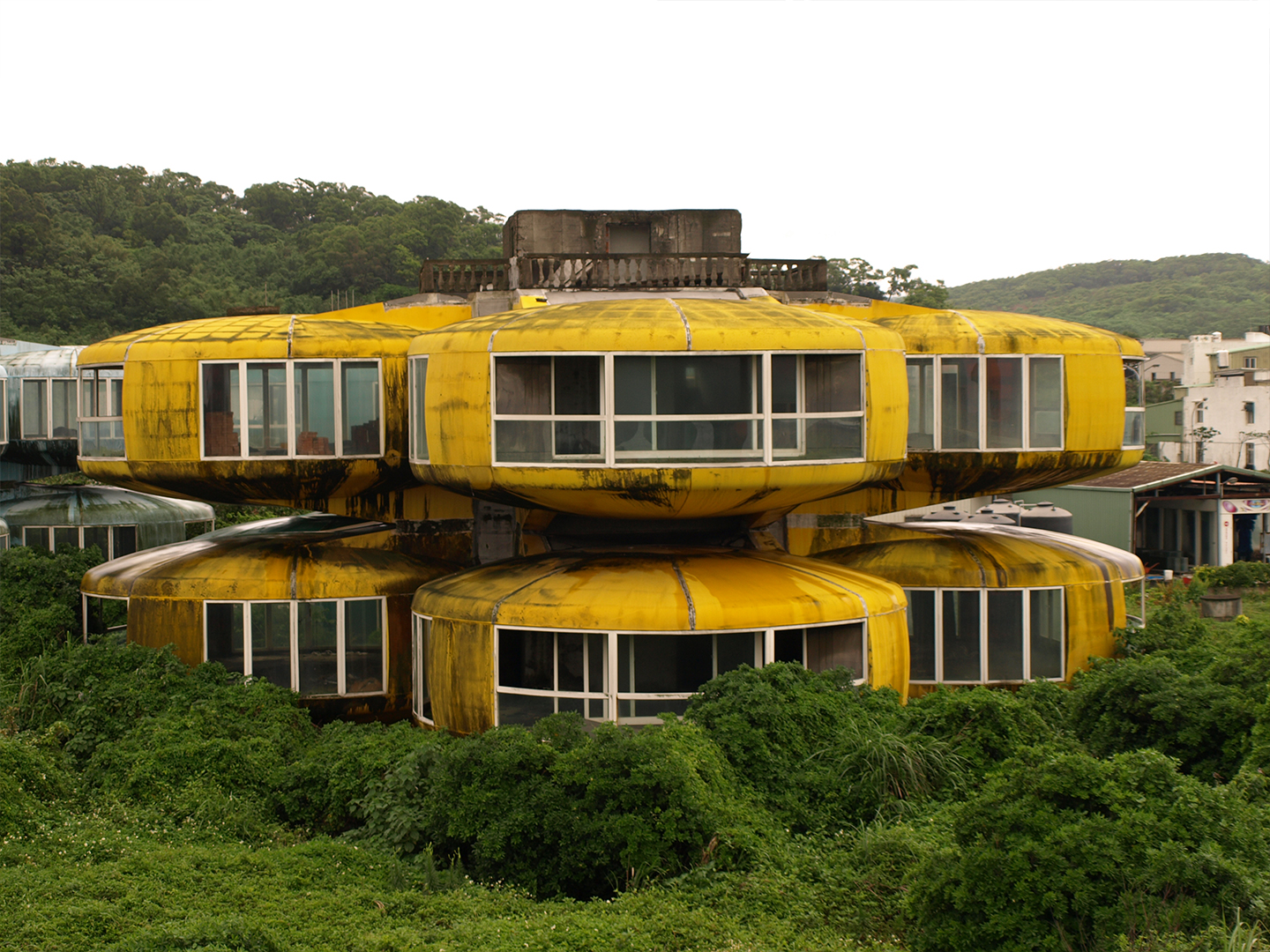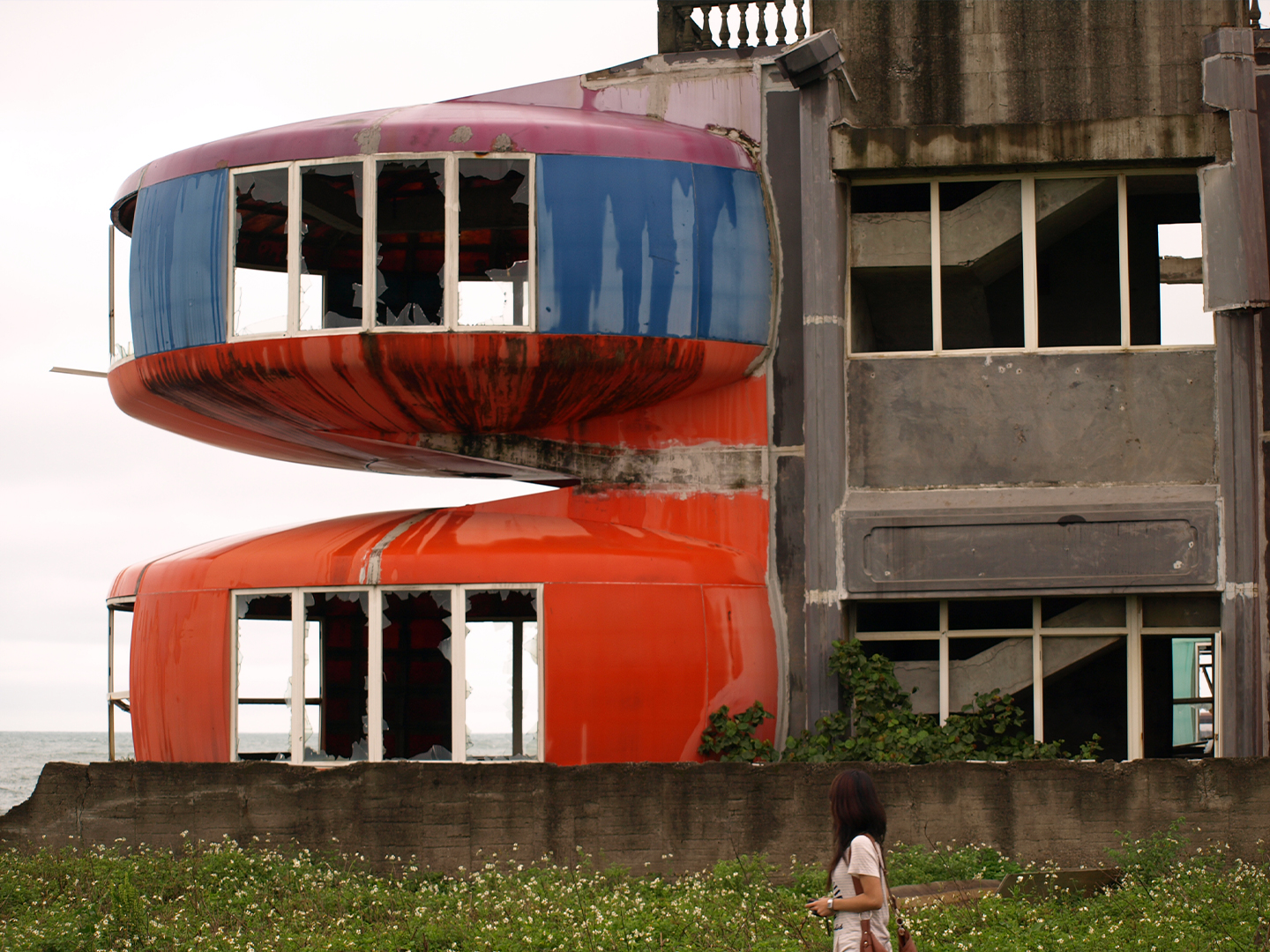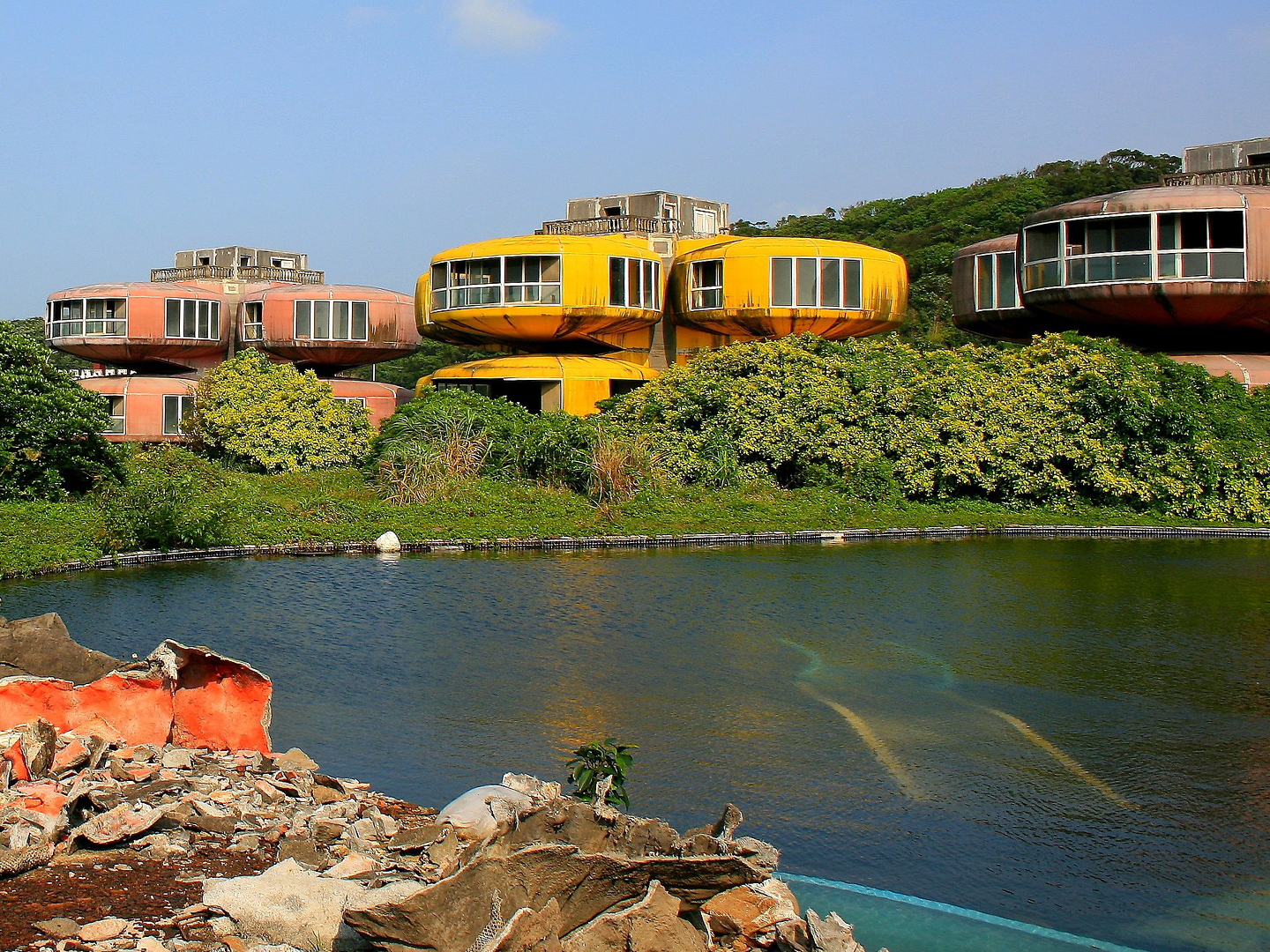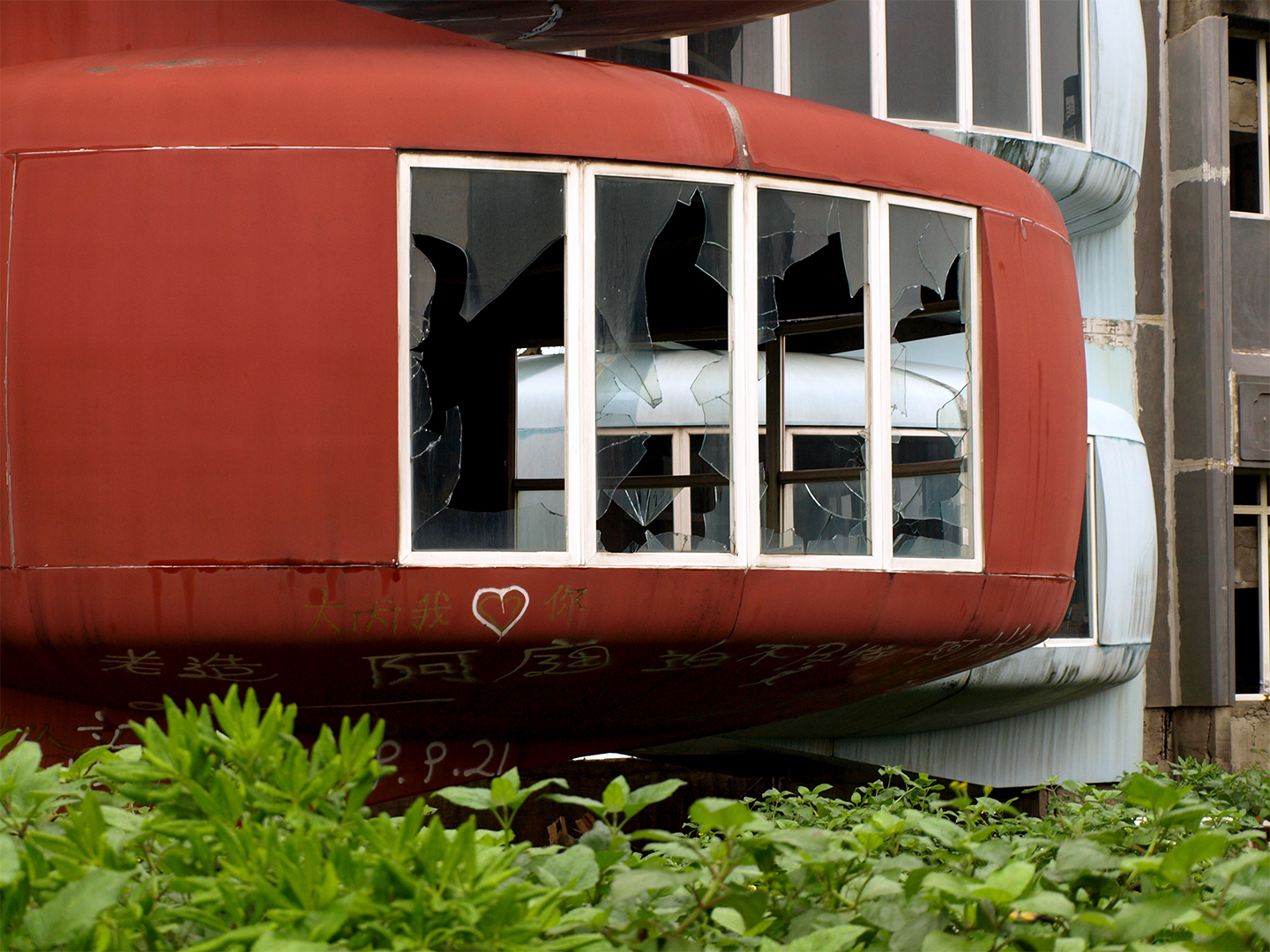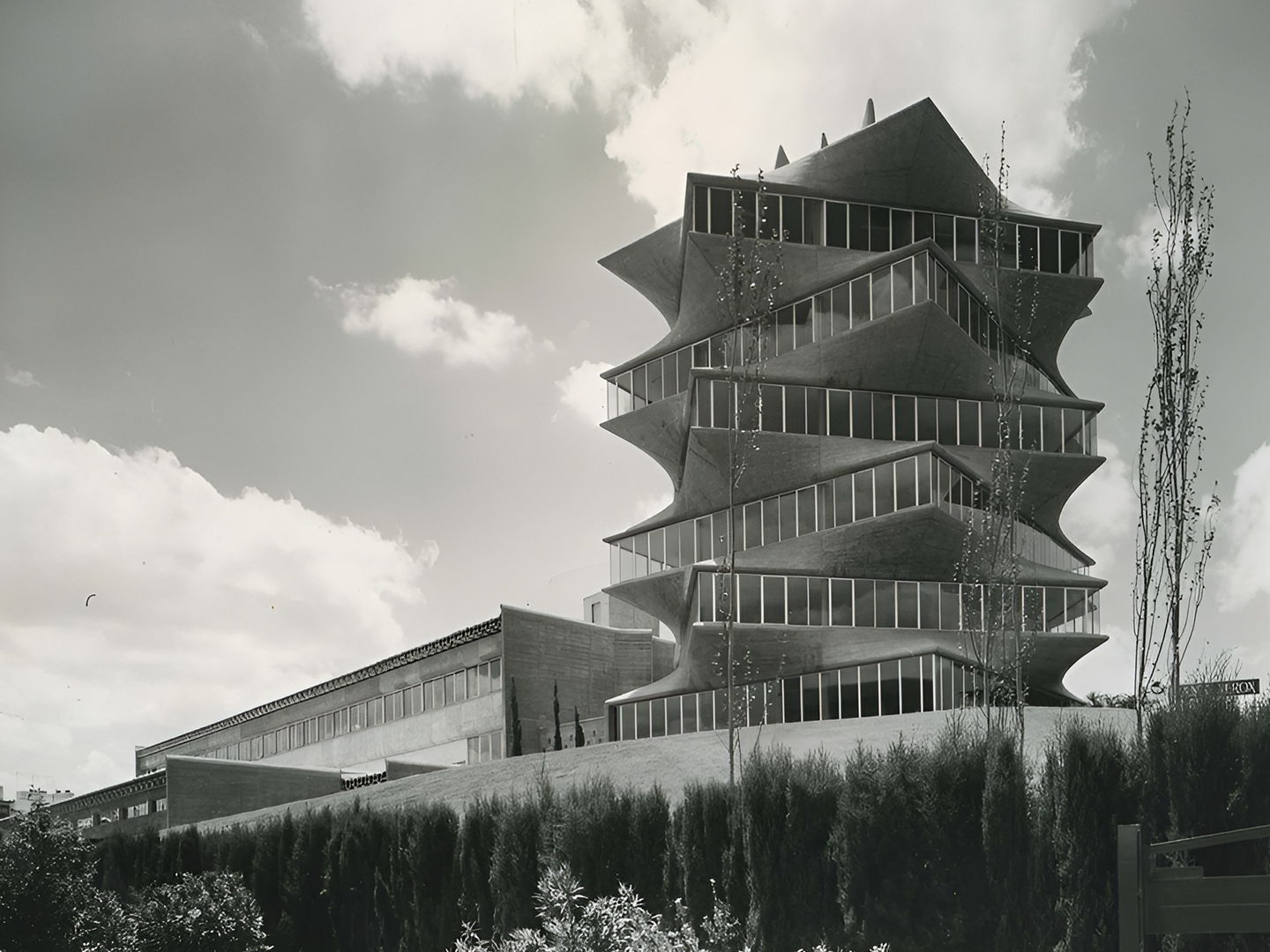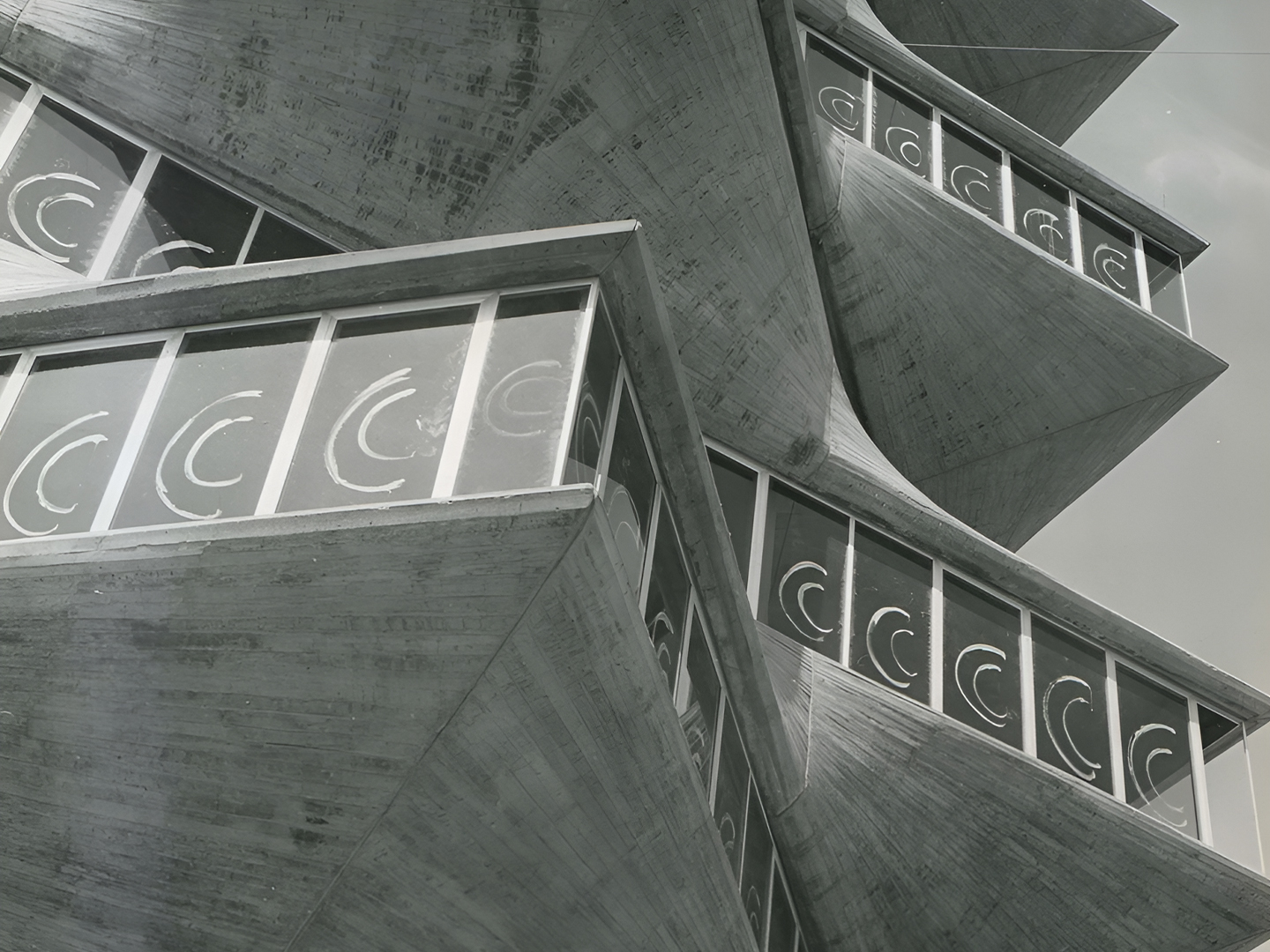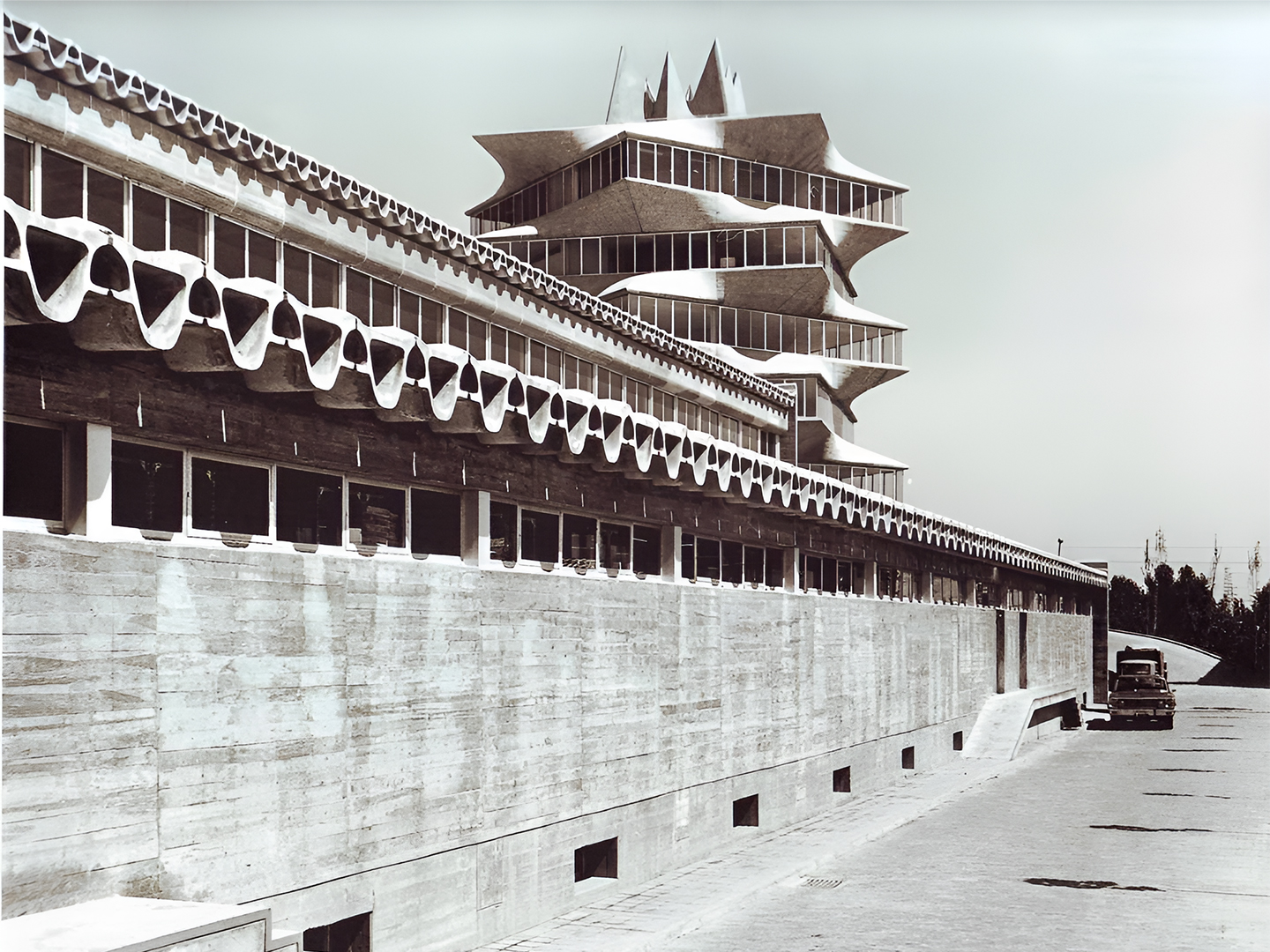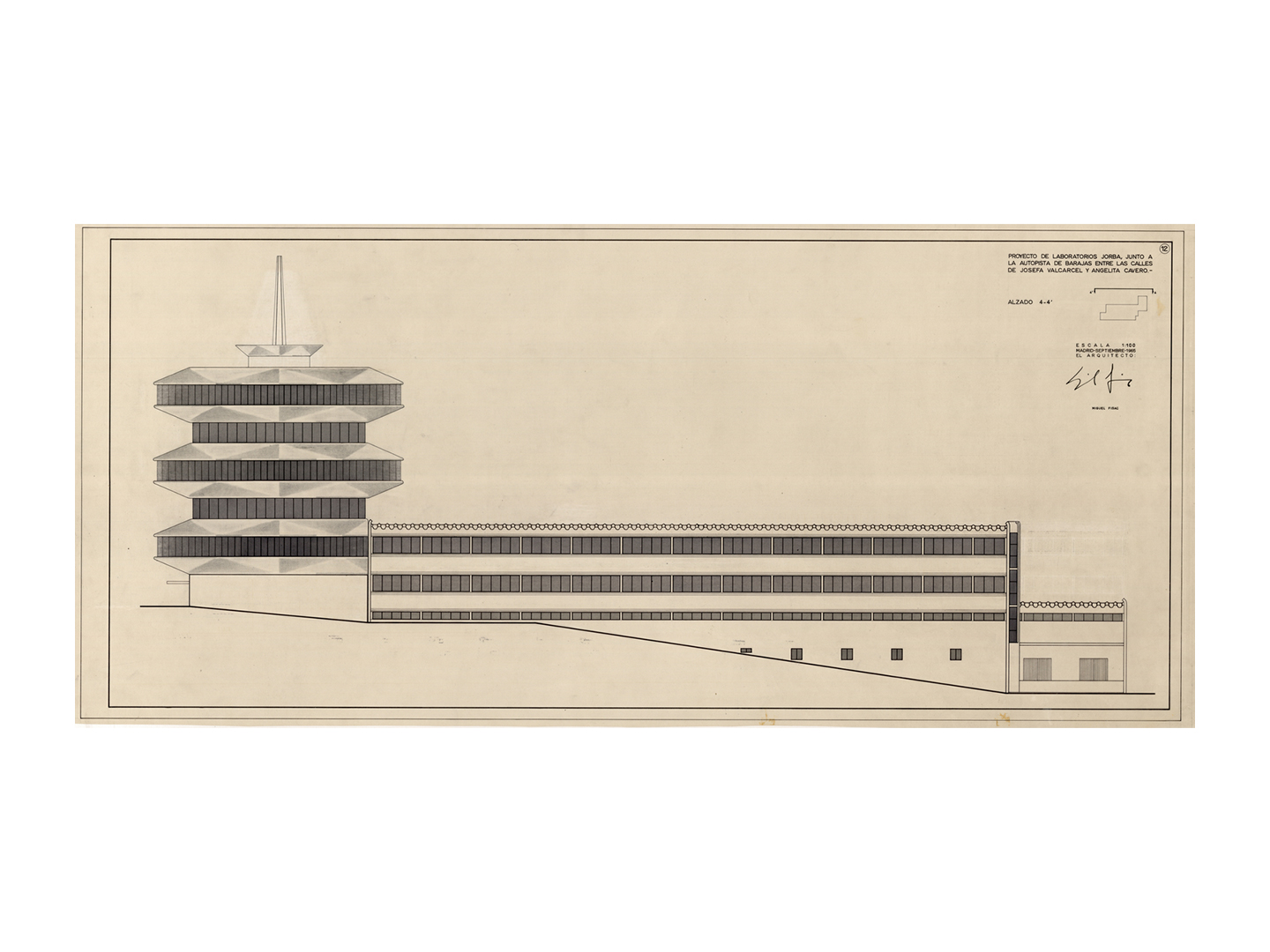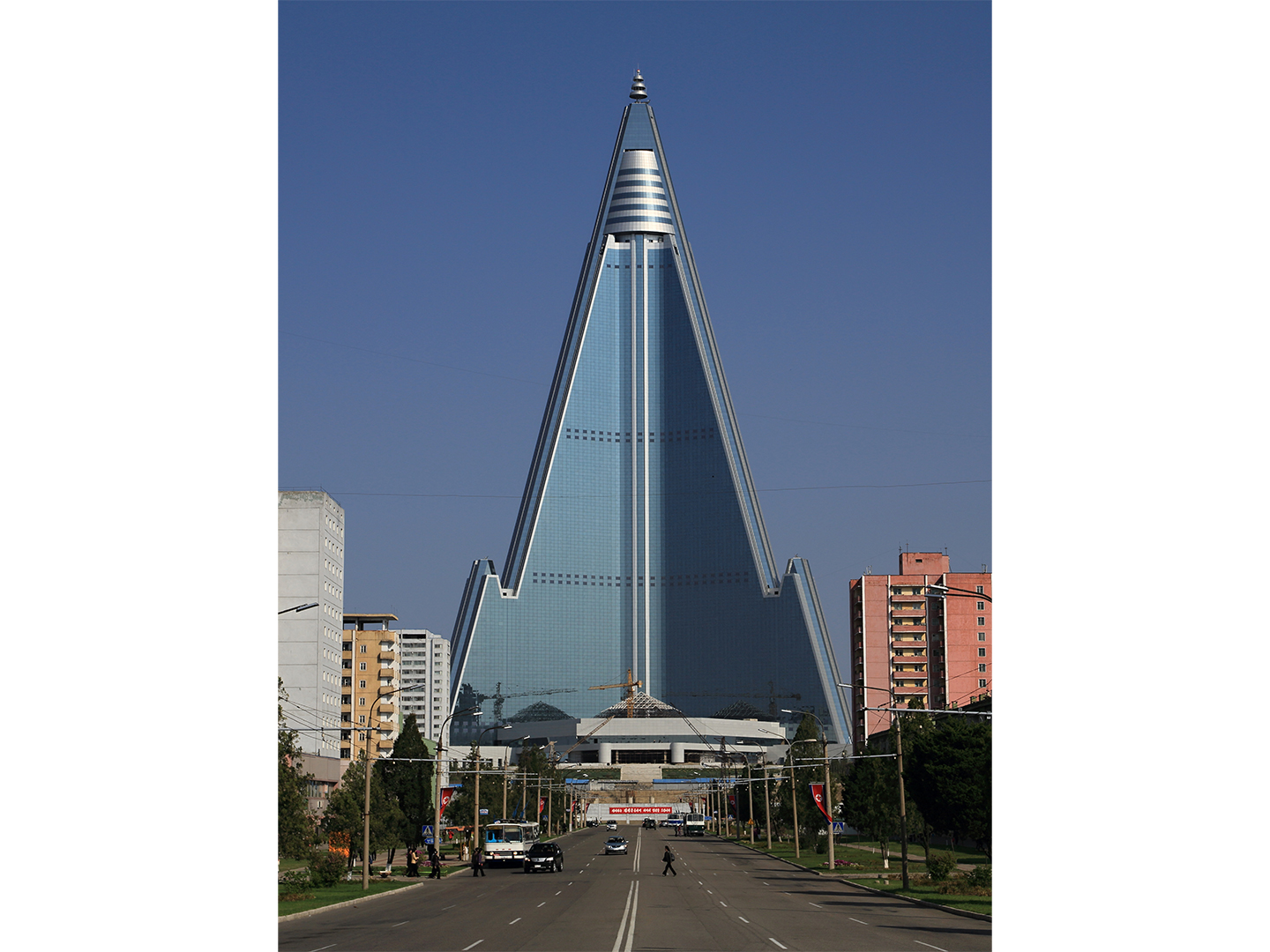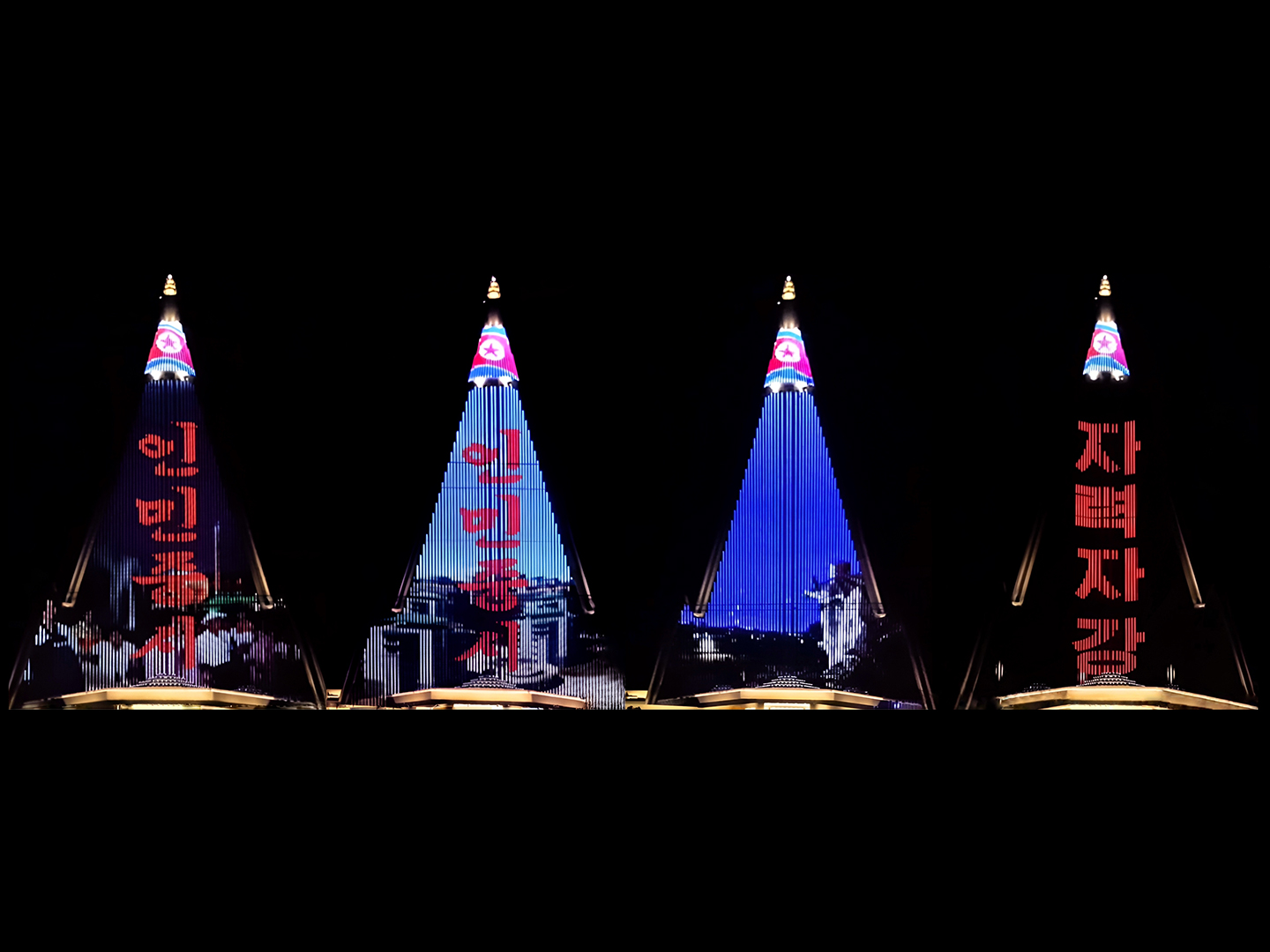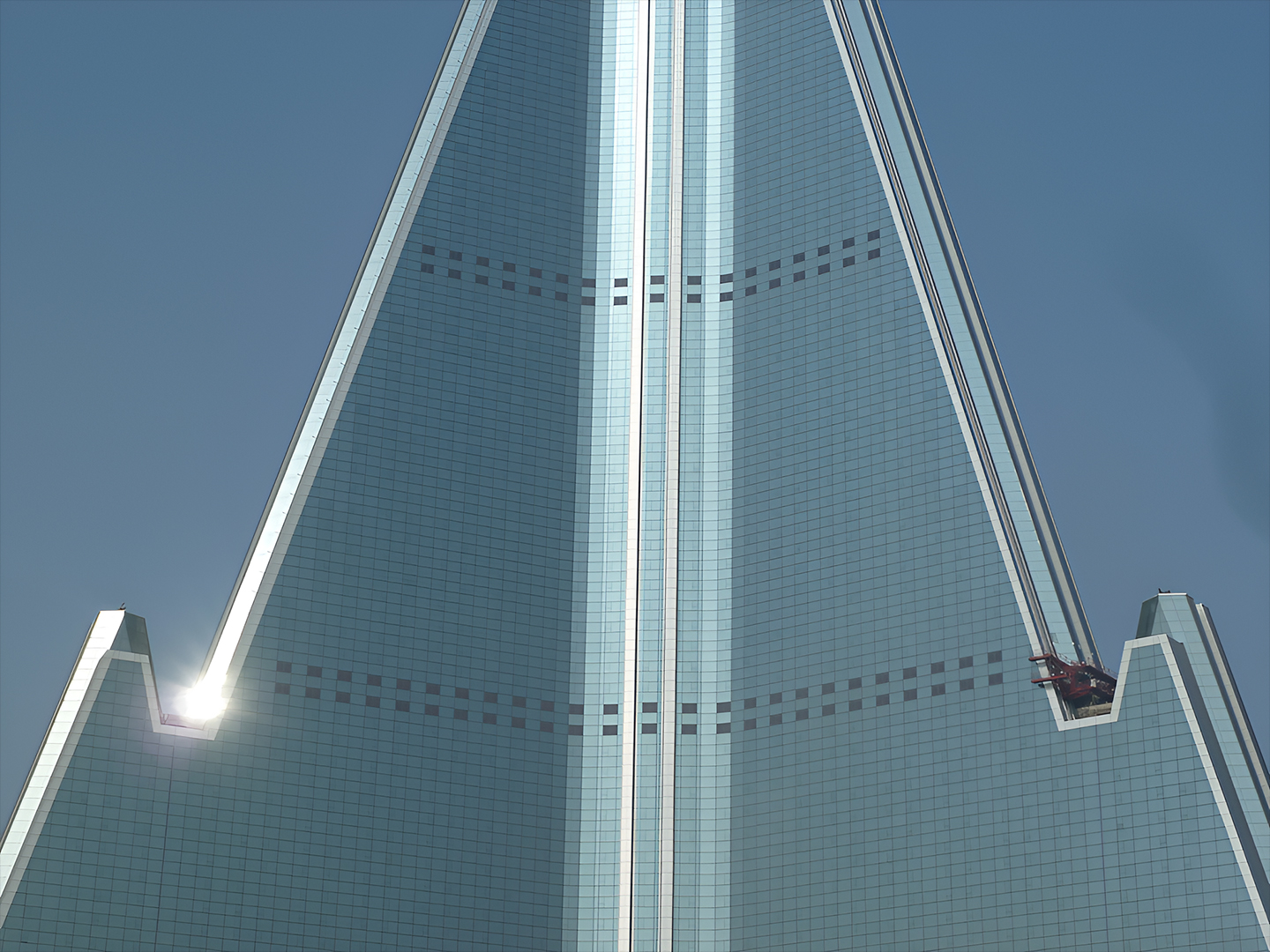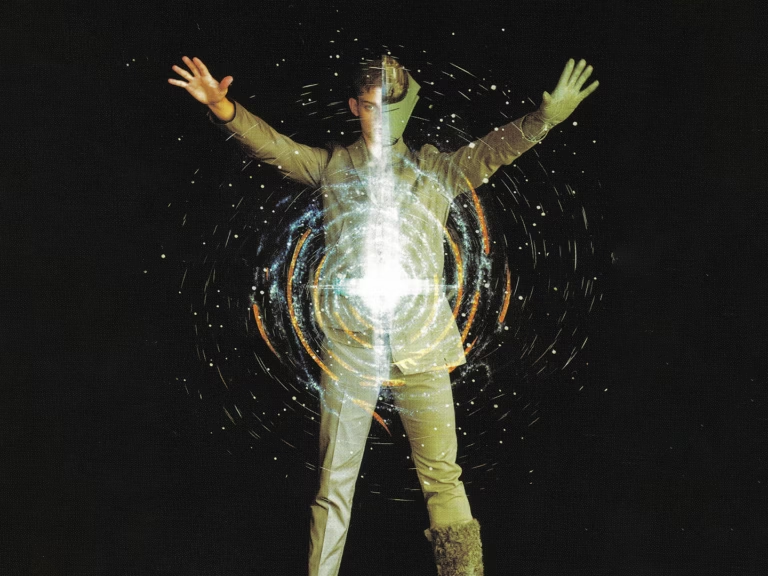Some buildings are designed to meet specific needs. Others are developed around broader ideas. The following five examples were conceived as architectural experiments, exploring new possibilities for living, working, or building in unfamiliar ways.
Each was shaped by a vision of the future. Several were modular. All were ambitious in concept. None remained in use as originally intended. Some were dismantled, others left incomplete, and a few became long-term ruins. While their physical presence has shifted, they continue to appear in architectural discussions as examples of unfulfilled but influential ideas.
1. Nakagin Capsule Tower (Tokyo, Japan, 1972–2022)
Nakagin Capsule Tower was designed by Kisho Kurokawa as a rare built example of Japan’s Metabolist movement. It consisted of two concrete cores fitted with 140 prefabricated steel capsules, each serving as a compact micro-apartment. The capsules were designed to be individually replaced over time.
In practice, none of the capsules were ever swapped or upgraded. The building faced long-term maintenance issues and declining occupancy. It was dismantled in 2022. A small number of capsules were preserved in museums and private collections, while the rest were discarded.
2. House of the Century (Angleton, Texas, 1972–1985)
This small-scale residential project was created by Ant Farm, an experimental architecture and media collective. The structure featured a curved, monolithic form made from sprayed concrete over a steel frame. Built as a speculative design rather than a commercial product, it reflected the countercultural design language of the early 1970s.
The house was damaged by flooding in 1985 and has remained in a state of decay since then. It still stands on private land but is not in use. It has become a subject of interest in discussions of postwar American experimental architecture.
3. Sanzhi UFO Pod Houses (New Taipei City, Taiwan, 1978–1980)
Planned as a coastal resort development, the Sanzhi Pod Houses were designed using prefabricated fiberglass components. Each unit was circular and elevated on stilts, arranged in rows across the beachfront site. The development was inspired in part by the Finnish Futuro House and shared its retrofuturist visual style.
Construction was halted due to safety concerns and financial difficulties. The project was never completed, and the site remained abandoned for nearly three decades. The remaining structures were demolished in 2008, and none were retained.
4. La Pagoda (Madrid, Spain, 1967–1999)
La Pagoda was designed by Spanish architect Miguel Fisac as an office building for the pharmaceutical company Jorba. Its primary feature was a spiraling vertical form created by rotating each floor 45 degrees from the one below. This modular stacking system produced a distinctive silhouette and improved natural light distribution across the floors.
The building was demolished in 1999 following a change in ownership. Although it had become a recognizable feature in Madrid’s skyline, no formal preservation effort was made. It is now often referenced as a missed opportunity in Spanish modernist preservation.
5. Ryugyong Hotel (Pyongyang, North Korea, 1987–present)
The Ryugyong Hotel was envisioned as a showcase of North Korean architectural ambition. Planned at 105 stories, it was intended to be one of the tallest hotels in the world. Construction began in 1987 but was halted in 1992 due to economic constraints and unresolved structural issues.
The building remained incomplete and unused for over a decade. In 2011, its concrete surface was covered with glass panels, and LED lighting was added several years later. As of 2025, the hotel is not open to the public. No interior access or hospitality services have been confirmed.
